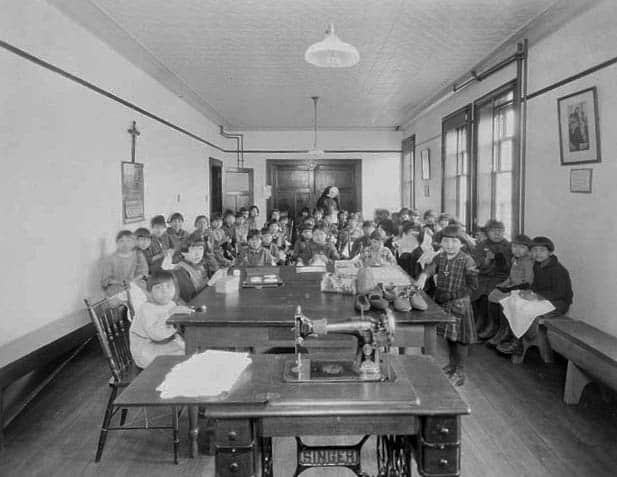On May 31 2015, the Truth and Reconciliation Commission of Canada (TRC) released the summary of their report on Canada’s colonization of the First Nations peoples. In particular, the commission focused on the impact of the residential schooling system, in which over 150,000 Indigenous children were separated from their families and subjected to years of physical, sexual, and emotional abuse — all in the name of “assimilation.” The goal, according to our first Prime Minister, Sir John A. Macdonald, was to “kill the Indian in the child.”
This was nothing short of what our Supreme Chief of Justice calls a “cultural genocide.” Yet, after generations of abuse, neglect, and improper schooling, the scars of this atrocity have yet to heal.
Although Canada apologized in 2008 and insists that it has atoned for its actions, we have not lived up to our promises. Actions speak louder than words, and Canada’s actions reflect nothing more than total silence. Canada has yet to properly honor various Aboriginal treaties, while Aboriginal communities are still extremely underfunded.
Of particular importance is how Aboriginal education funding is capped at a mere 2 per cent of the federal budget. With a backlog of at least 10,000 Aboriginal students waiting for post-secondary funding, this 2 per cent is by no means sufficient. Furthermore, it’s estimated that there is a funding gap of $2,000-$3,000 per student when comparing on-reserve students to off-reserve. Given these facts, as well as the plethora of healthcare and welfare funding issues, it is unfathomable to suggest that First Nation students are given the same opportunities and funding as non-Natives, or those living off reservations.
What is more, most university funding for Aboriginal students stems from alumni and other donor scholarships and bursaries. Unfortunately, these scholarships are limited, barely covering one year of tuition, and many of them are not renewable, and therefore unable to sustain the completion of a degree on their own.
This is not to mention that the amount awarded can vary student-to-student, and year-to-year, once again leaving Aboriginal students with an increased financial burden. For example, the Aber Resources Ltd. Scholarship for Engineering and Architecture at U of T awards $10,000 for first year, and $5,000 thereafter for natives of Nunavut, the Northwestern Territories, and the Yukon. However, the eligibility criteria states secondary schooling must have been completed in those provinces, therefore the assumption being the student will have to find housing in Toronto. $5,000 doesn’t cover full tuition, let alone basic living expenses.
Consequently, universities such as U of T should provide Aboriginal students with more consistent, renewable scholarship funding such as “The National and Arbor Scholarships” which, cover four years of tuition as well as first-year residency fees. While The National and Arbor scholarships are awarded on the basis of academic excellence, a similar system should be implemented for First Nations students based on financial need.
With a $3 billion cumulative funding shortfall for First Nations schooling since 1996, instead of the necessary and projected increase, it is unlikely that the government alone will provide the necessary means to end the Aboriginal post-secondary backlog. This is where other institutions, such as universities, must play a vital role.
The TRC’s report is a call to action for not only the government, but for Canadians as a whole. If we are truly to commit to reconciliation, then all of us must take a stand.
Leelan Farlan is a fourth–year student at Victoria College studying psychology and English.


